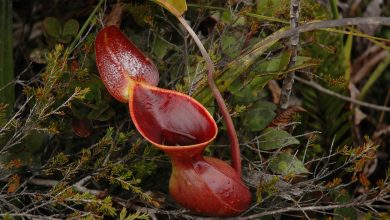Eliminate garden pests by knowing them
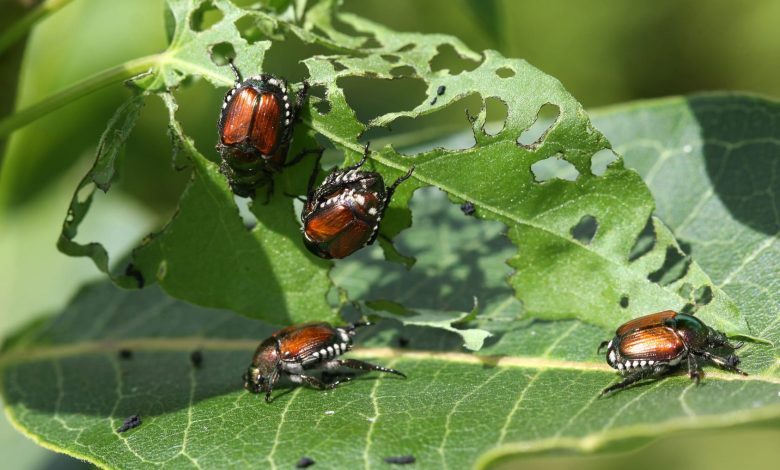
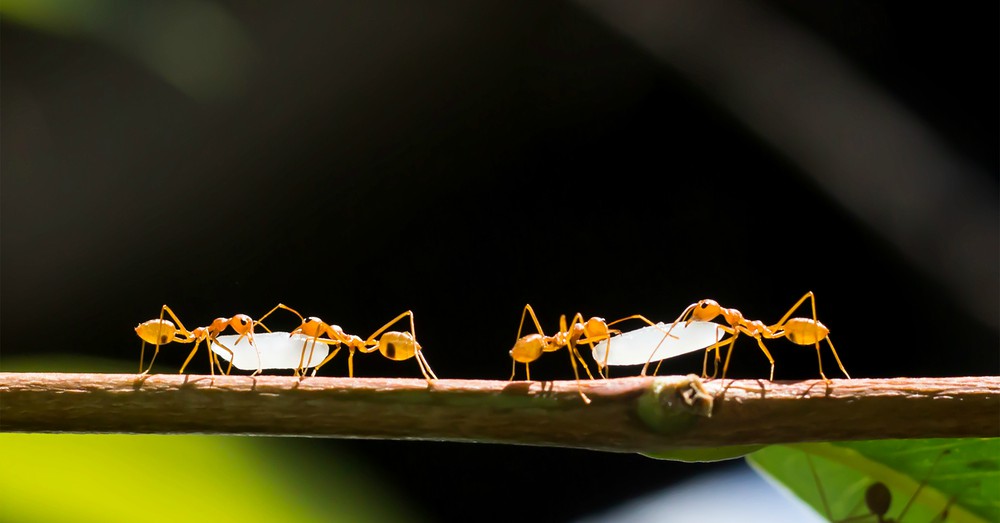
With the arrival of good weather, not only nature wakes up. It also supposes the awakening of those uncomfortable visitors that can compromise the well-being of our plants. Therefore, eliminating garden pests becomes a real workhorse. One that we cannot delay given the incredible power of colonization of these insects. Something that can become a danger for our plants, since they will not prosper if they coexist with an invasion of any of these insects.
For this reason, eliminating garden pests from the beginning is key to enjoying spring as we deserve: with plants in perfect condition. Just as we learn about the care of a certain plant, in the case of pests it is essential to know how to identify them. The best way to be able to choose the most suitable product to end them even when they still don’t show their faces. And there is nothing like knowing its symptoms in our plants to be able to stop them.
The best advice to eliminate garden pests is to thoroughly understand the most common ones that we can find. Some that appear in spring, and also accompany us during the summer months. Two seasons in which its presence forces us to be especially attentive to the garden.
ELIMINATE GARDEN PESTS: THE 5 MOST COMMON
As we mentioned, eliminating garden pests from their first symptom is vital. In addition to reproducing at high speed, they have another characteristic: their voracity. An aspect that makes it possible to compromise the health of a plant in almost the blink of an eye. Added to this, pests often do not come alone but it is common for them to appear on our plants almost simultaneously. Something that forces you to opt for a pest treatment that has a broader coverage. A way of having to apply only one product to remove them all at once.
But in addition to fighting them, it is important to know that we can avoid them. And there are certain practices in gardening that are a real magnet for them. If we want to avoid their presence, we will have to pay attention to something as basic as the fertilizer for our plants. Those fertilizers with an excess of nitrogen in their formulation cause the plant to grow excessively but without strength. A factor that will make her more vulnerable. In addition, eradicating weeds from the garden is also essential. They are a source of transmission for pests and diseases.
Thus, let’s see five uncomfortable visitors to the garden that we will have to keep at bay in these months to enjoy our nature.
1. aphid
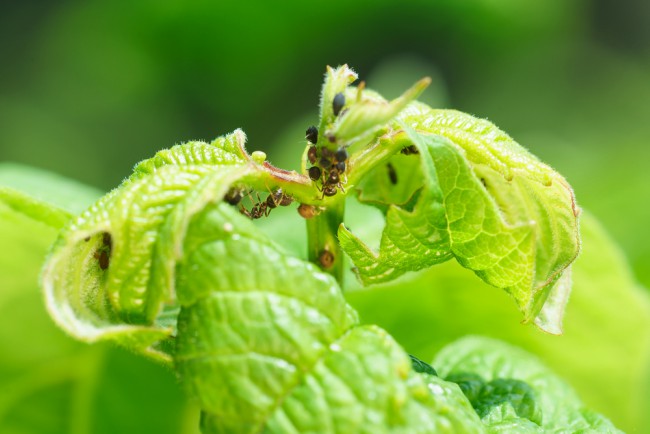
When talking about eliminating garden pests, it is the first thing that comes to mind. One of the classic and habitual ones of the months of good weather. The aphid is characterized by being an insect with a small body, in a very dark or light green color. It tends to lodge on the back of leaves, so if it’s dark it can be easily spotted. Another symptom of an aphid infestation is that the youngest leaves of the plant have a curly appearance.
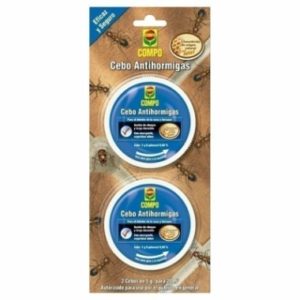
But beyond these physical evidences, there are two other infallible methods to detect the aphid. On the one hand, the presence of ants, which act as natural defenders of the aphid. Some allies that protect it, and that we will also have to control if we want to stop the advance of this plague. In addition to ants, there is another insect that we will have to pay attention to. We are talking about ladybugs, an insect that is a natural predator of the aphid. If we detect them in the vicinity of our plant, it is advisable to choose a pest treatment that is respectful of them.
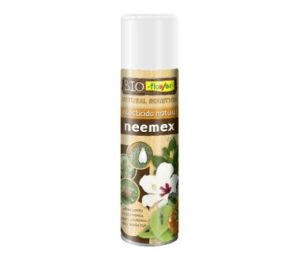
An aphid infestation means acting quickly. Since they are insects that suck the sap from plants, they can weaken plants to the point of death in a short period of time. And we are not just referring to small-sized plants; but also to others of larger size and woody character such as the rosebush, one of the favorite morsels of this pest.
2. Cochineal
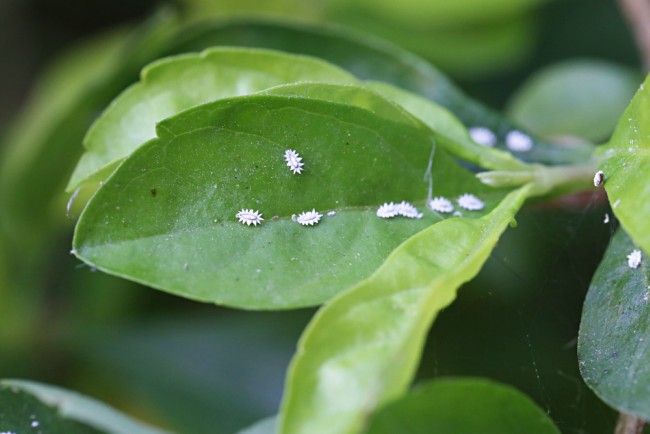
A common pest in places with dry climates that can appear both in the garden and on houseplants. Unlike other pests, it does not only occur in the months of good weather. In autumn it is also possible to have their visit, especially in domestic environments. It is common to find it on plants with a high density of leaves. The cochineal can have a dark or white appearance, if it is the cottony one. It is a kind of limpet that adheres to the leaves and, like the aphid, sucks the sap from the plants.
Detecting it is done many times by the trail they leave behind. In addition to the fact that their presence deforms the leaves and new shoots, they leave behind a trail of white or brown spots that discolor the leaves. These slimy marks attract fungi to the plant that feed on this slime, so the health of the plant can be further compromised if the bold fungus makes an appearance.
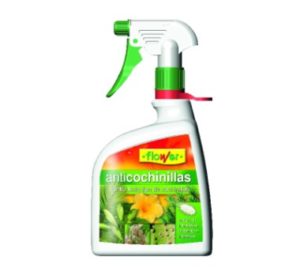
In addition to using a specific pest product, it is important to clean the infected plant. With a cotton swab dipped in alcohol, we can remove the substance left in its wake from the leaves. A way to help, too, so that our plant can recover.
3. Geranium Drill
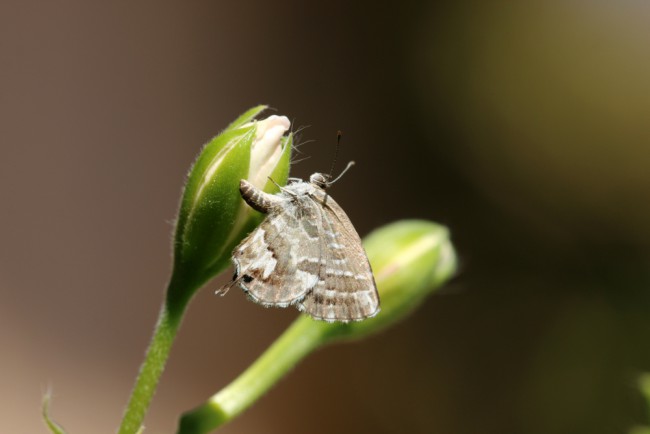
The scourge of these precious flowering plants. Its impact on our plants is such that to eliminate garden pests like this, prevention is better than cure. And we say this because by the time we have already detected the tunnels that it digs in the branches of the geranium, it is already too late. The way to get ahead of it is to see if there are butterflies near our geraniums. They are the ones who find in these perfect plants for the balcony and windows the perfect place to deposit their larvae. Some that grow by feeding on the sap of the plant until they complete their cycle and become butterflies.
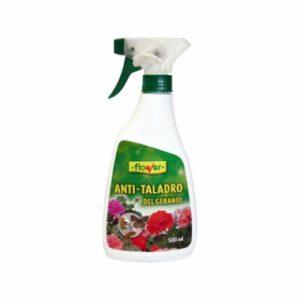
To prevent this cycle from destroying our geraniums, the ideal is to prevent the geranium butterfly from laying its eggs. To do this, we will have to use a specific pest control that protects the plant from its presence.
4. Mollusks
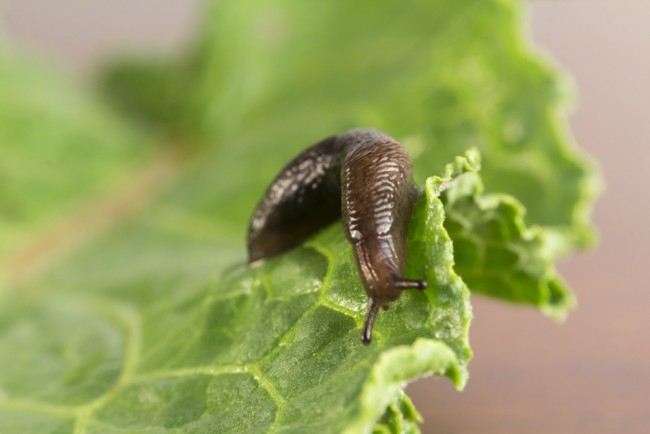
If until now we looked at the plant, it is time to pay attention to the soil. And it is that worms, snails and slugs can endanger our plants when their presence is high. In addition to eating roots and bulbs, they also have a predilection for garden plants. So if our garden contains these elements, it is inevitable that we will see them. Their presence is usually noticeable: in the case of worms, which devour below the surface, we can suspect their presence if our plant loses vigor and looks sick. In the case of slugs and snails, their greatest evidence is the bites they leave behind on the leaves.
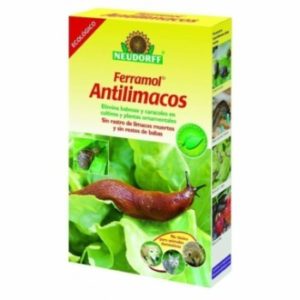
In addition to mulching the base of our plants to eliminate garden pests that we can find, we can use grain insecticides. It is only necessary to place them on the substrate and around the base of the plant.
5. Whitefly
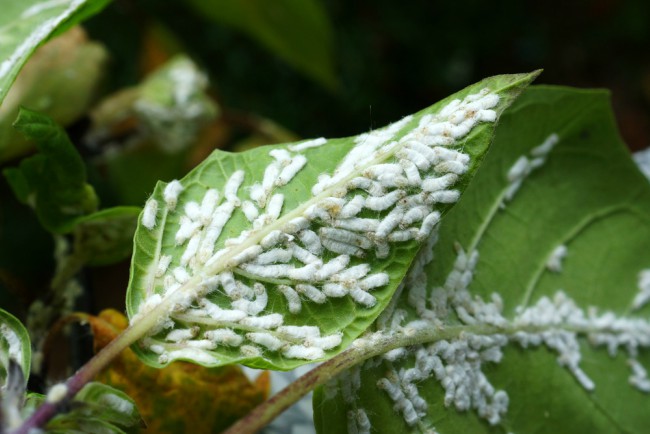
Another of the usual ones when it comes to eliminating pests from the garden. It is easily recognized because its color stands out on the leaf, but also because of the discolorations it leaves on the leaves it devours. With a modus operandi similar to the aphid, since despite being called a fly it is a bedbug, it takes advantage of the underside of the leaves to lay its eggs. It also feeds on sap and, like the cochineal, leaves a slimy and potentially nutritious trail for fungi.
Very common in climates with high temperatures and humidity, it is usually eliminated with specific pest treatments.

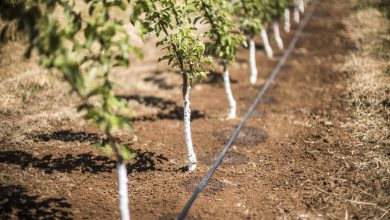
![Photo of Transplanting a Tree: [Reasons, Conditions and Ideal Time]](https://www.complete-gardening.com/wp-content/uploads/2022/08/transplanting-a-tree-reasons-conditions-and-ideal-time-390x220.jpg)
![Photo of Planting Celery: Cultivation, Harvest, Irrigation [16 Steps + Images]](https://www.complete-gardening.com/wp-content/uploads/2022/08/planting-celery-cultivation-harvest-irrigation-16-steps-images-390x220.jpg)
